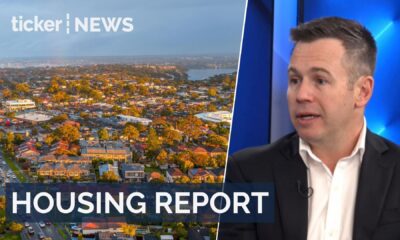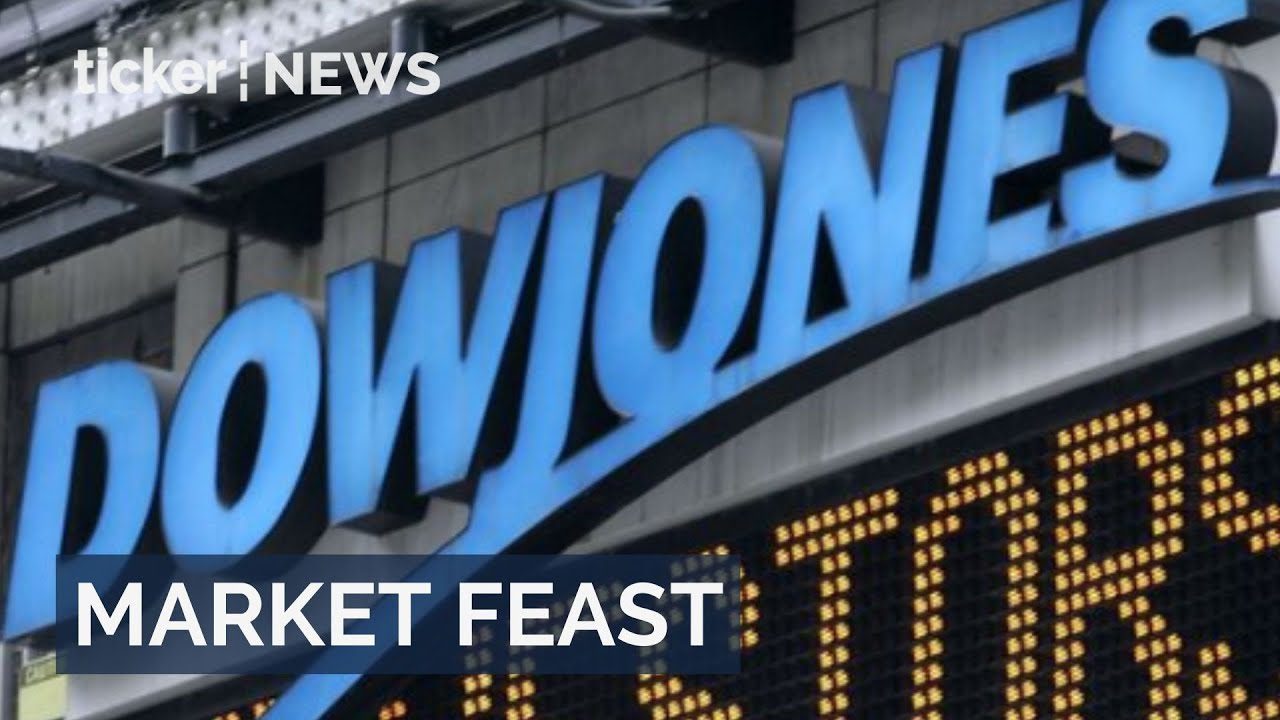The CommSec State of the States report has unveiled South Australia as the surprising economic leader among Australia’s states and territories for the first time in the history of this quarterly survey.
The report, which analyses the economic performance of different regions across the country, provides valuable insights into the economic momentum and growth rates of Australia’s diverse regions.
Overall, the economic performances of Australian states and territories continue to be bolstered by robust job markets and a substantial increase in population, even as interest rates are on the rise.
Higher borrowing
However, these economies have faced a slowdown in response to higher borrowing costs and inflationary pressures, with their future trajectories closely tied to the course of inflation amidst rising interest rates.
South Australia clinched the top spot in this quarter’s rankings, surpassing its counterparts for the first time in 14 years of the report’s existence.
South Australia excelled in four out of the eight key economic indicators: relative economic growth, relative unemployment, construction work done, and dwelling starts.
Second position
Victoria and New South Wales shared the second position in the rankings, followed by Western Australia in fourth place, and Tasmania in fifth.
The Australian Capital Territory secured the sixth position, while Queensland and the Northern Territory landed in seventh and eighth places, respectively.
When measuring annual growth rates across the eight key indicators, Western Australia emerged as the leader, followed closely by Queensland, Victoria, and New South Wales.
South Australia came in fifth, with the Northern Territory, the ACT, and Tasmania occupying the remaining spots.
Western Australia demonstrated its dominance by leading in annual growth rates across three of the eight indicators, while the Northern Territory led in two indicators. Queensland, South Australia, and the ACT each led in one of the indicators.
Top position
The analysis of this quarter’s results revealed that South Australia’s ascent to the top position was fueled by significant progress in construction-related sectors and overall economic growth. Looking forward, trends in job markets, consumer spending, and housing will continue to be crucial, with Queensland, New South Wales, and Western Australia showing promising economic momentum.
The methodology employed in this report assessed the performance of each state and territory by comparing their economic indicators to decade averages.
This approach allowed for a comprehensive understanding of how each economy was performing relative to what would be considered ‘normal’ in their specific context.
As Australia’s economic landscape continues to evolve, the CommSec State of the States report remains a valuable tool for policymakers, investors, and the public, shedding light on the relative strengths and weaknesses of different regions across the country. With South Australia taking the lead in this quarter’s report, the economic competition among Australia’s states and territories is more dynamic than ever.




 News4 days ago
News4 days ago


 Shows4 days ago
Shows4 days ago


 Tech3 days ago
Tech3 days ago


 Leaders9 hours ago
Leaders9 hours ago


 Tech3 days ago
Tech3 days ago


 Money7 hours ago
Money7 hours ago


 News7 hours ago
News7 hours ago


 News4 days ago
News4 days ago





